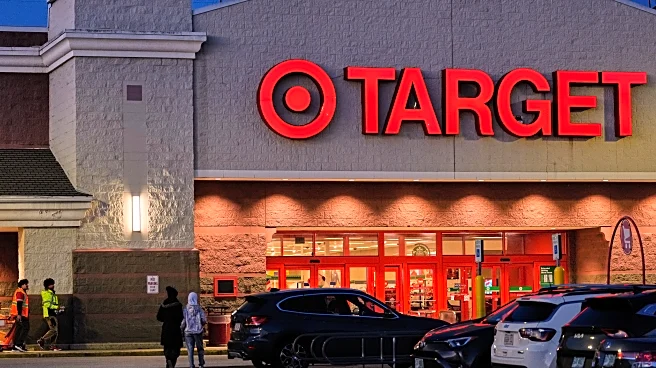What's Happening?
Walmart is experiencing a surge in its U.S. business as more Americans turn to the retail giant for groceries and clothing amid rising inflation and high prices. According to its quarterly financial report,
Walmart's U.S. sales increased by 4.5% last quarter, driven by increased customer visits and spending. The company has leveraged its size and scale to reduce prices and invest billions in raising wages, improving stores, and enhancing its logistics network for online shopping. These efforts have attracted middle-class and upper-income households seeking to save money, leading to Walmart gaining market share from rivals like Target and dollar stores.
Why It's Important?
Walmart's growth highlights its role as a key player in addressing the affordability crisis affecting many Americans. As inflation continues to pressure household budgets, Walmart's ability to offer lower prices and a wide range of products positions it as a vital resource for consumers. The company's success in attracting higher-income shoppers indicates a shift in consumer behavior, with more people prioritizing cost savings. This trend could have significant implications for competitors like Target, which has seen stagnating sales, and dollar stores, which are losing lower-income customers to Walmart.
What's Next?
Walmart has raised its sales and profit guidance, anticipating a strong holiday shopping season. CEO Doug McMillon announced his retirement, with John Furner set to succeed him in February. The leadership change may influence Walmart's strategic direction, particularly in maintaining its competitive edge in the retail market. As economic pressures persist, Walmart's continued focus on affordability and customer experience will be crucial in sustaining its market position.














